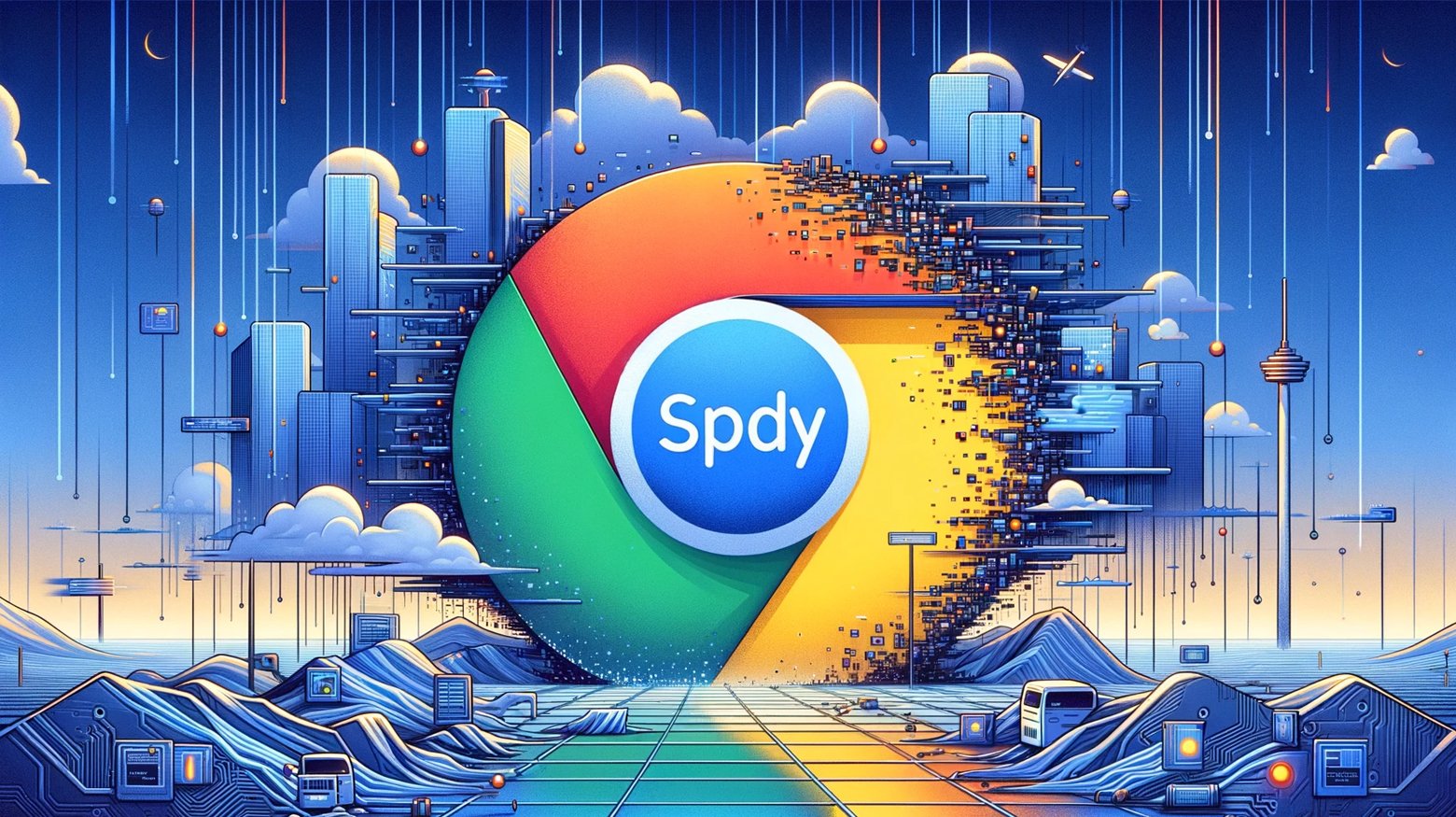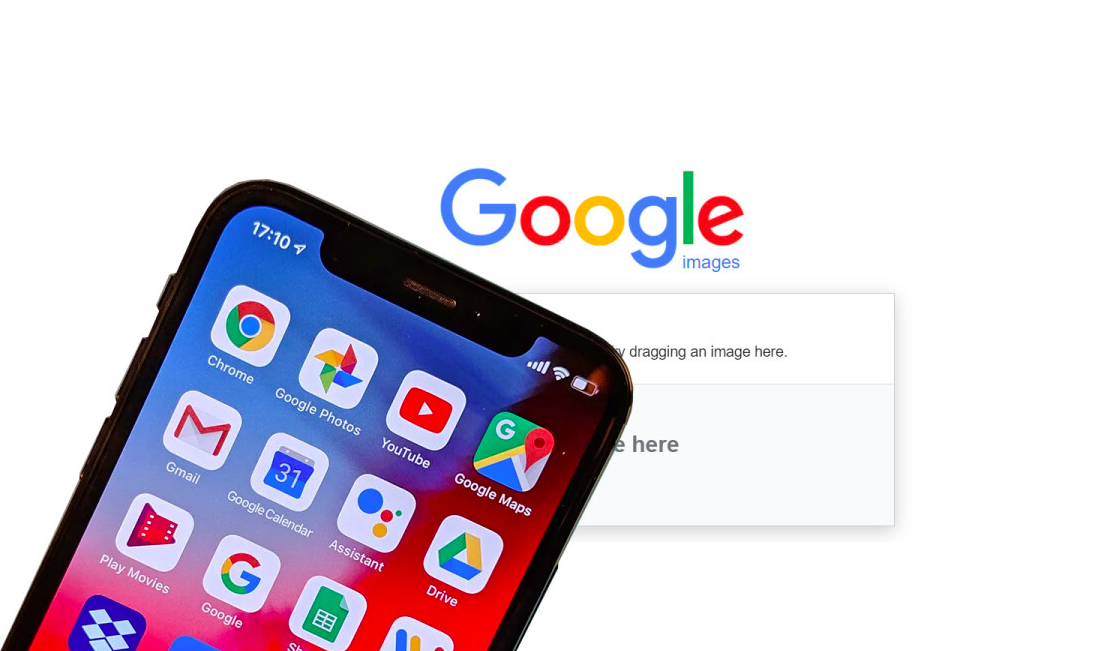Introduction:
In today’s digital landscape, online advertising plays a pivotal role in reaching potential customers. Among the various advertising platforms available, Google Ads stands out as a powerful tool for businesses to promote their products and services.
To maximize the effectiveness of their campaigns, advertisers need to understand the art of automated bidding—a feature that allows Google Ads to optimize bidding strategies and deliver better results.

In this guide, we will explore the key concepts, benefits, and best practices of automated bidding in Google Ads.
1. Understanding Automated Bidding:
Automated bidding refers to the use of machine learning algorithms and artificial intelligence to optimize bidding strategies for Google Ads campaigns.
It replaces manual bidding by automatically adjusting bids based on various factors, such as historical performance data, user intent, and conversion likelihood.
Automated bidding aims to improve campaign performance, maximize return on investment (ROI), and save advertisers’ time and effort.
2. Benefits of Automated Bidding:
2.1 Enhanced Efficiency: With automated bidding, advertisers can save time and effort by letting the system handle bid adjustments.
It continuously evaluates performance data in real-time and automatically adjusts bids to maximize conversions or other predefined goals.
2.2 Improved Accuracy: Machine learning algorithms analyze vast amounts of data to make bidding decisions, resulting in more accurate and data-driven bid adjustments.
2.3 Better Performance: Automated bidding optimizes bids based on real-time signals, allowing advertisers to make the most of each ad impression and increase the likelihood of achieving campaign goals.
2.4 Flexibility: Google Ads provides various automated bidding strategies to align with different campaign objectives, including maximizing clicks, conversions, or target return on ad spend (ROAS).
3. Choosing the Right Automated Bidding Strategy:
Selecting the appropriate automated bidding strategy is crucial for campaign success. Advertisers should consider their campaign goals, available data, and level of control desired. Google Ads offers several bidding strategies, including:
3.1 Target CPA (Cost-Per-Acquisition): This strategy aims to achieve a specific cost-per-acquisition while maximizing the number of conversions within the set budget.
3.2 Target ROAS (Return on Ad Spend): Suitable for businesses focused on generating revenue, this strategy aims to achieve a specific target ROAS by maximizing the conversion value.
3.3 Maximize Conversions: Designed to increase the number of conversions within a given budget, this strategy is useful when the primary goal is to drive more conversions.
3.4 Enhanced Cost-Per-Click (ECPC): This strategy adjusts manual bids in real-time to maximize conversions while maintaining control over bid adjustments.
3.5 Maximize Clicks: Ideal for increasing website traffic, this strategy automatically sets bids to get the maximum number of clicks within the specified budget.
4. Best Practices for Automated Bidding:
4.1 Sufficient Conversion Data: Automated bidding relies on historical performance data. Advertisers should ensure they have enough conversions to provide a robust foundation for the algorithms to make accurate bidding decisions.
4.2 Regular Monitoring: While automated bidding is designed to work autonomously, it’s essential to monitor campaigns regularly. Evaluate performance, adjust bidding strategies as needed, and ensure the system aligns with campaign goals.
4.3 Experimentation: Google Ads allows advertisers to test different bidding strategies to determine the most effective one for their campaigns. Conduct A/B tests and analyze results to refine bidding strategies further.
4.4 Campaign Segmentation: Divide campaigns into smaller segments based on performance, product/service categories, or audience segments. This allows advertisers to apply specific bidding strategies to each segment, optimizing performance and budget allocation.
Conclusion:
Automated bidding is a powerful feature within Google Ads that empowers advertisers to optimize their campaigns more efficiently. By leveraging machine learning algorithms, businesses can achieve better results, save time, and enhance their return on investment. However, it’s crucial to select the right bidding strategy, monitor performance, and conduct experiments to fine-tune the system’s performance. With a solid understanding of automated bidding and its best practices, advertisers can unlock the full potential of their Google Ads campaigns.



